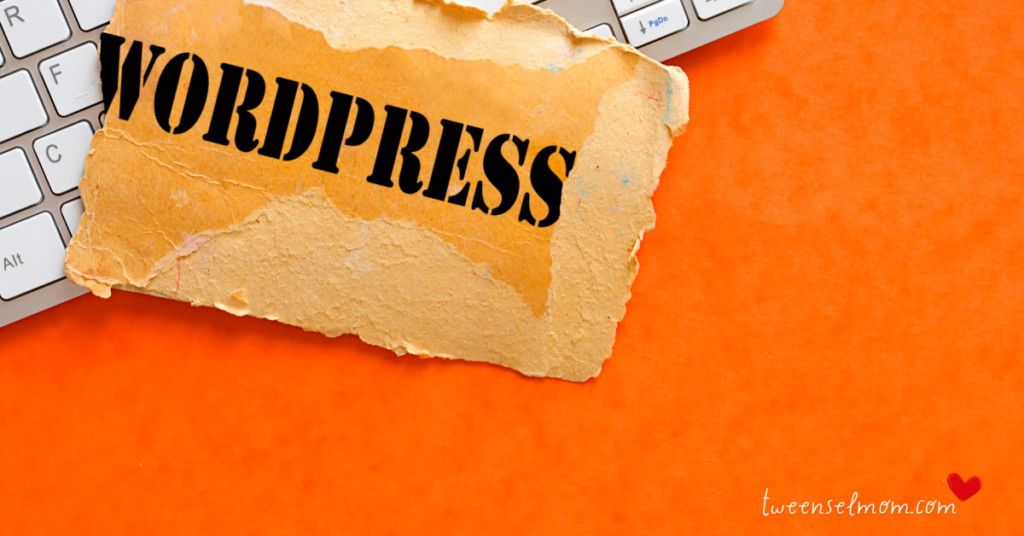Updating your WordPress blog’s PHP version is crucial for performance, security, and compatibility. Even if you’re not a developer, you can easily update your PHP version by following these steps:

1. Backup Your Website
Before making any changes, back up your entire website, including the database. You can use plugins like UpdraftPlus or BackWPup for this purpose.
2. Check Compatibility
Ensure that your WordPress theme and plugins are compatible with the new PHP version. You can use the plugin PHP Compatibility Checker to scan your site.
3. Access Your Web Hosting Control Panel
Most web hosts provide a control panel (such as cPanel, Plesk, or a custom dashboard). Log in to your hosting account.
4. Find the PHP Version Section
Navigate to the section where you can manage your PHP version. This might be labeled as “PHP Configuration,” “PHP Manager,” or similar.
In cPanel:
- Log in to cPanel.
- Find and click on “Select PHP Version” under the “Software” section.
- Select the desired PHP version from the dropdown menu and click “Set as current.”
In Plesk:
- Log in to Plesk.
- Go to “Websites & Domains.”
- Click on “PHP Settings” for the domain you want to update.
- Choose the desired PHP version from the dropdown menu and apply the changes.
5. Update PHP Version
Select the new PHP version and apply the changes. Most control panels will have a simple dropdown menu to select the version.
6. Test Your Website
After updating the PHP version, check your website to ensure everything is functioning correctly. Pay special attention to pages and functionalities that are critical to your site.
7. Troubleshoot if Necessary
If you encounter any issues:
- Revert to the Previous PHP Version: Go back to the control panel and select the previous PHP version.
- Check for Plugin or Theme Issues: Disable plugins one by one to identify any compatibility issues. Consider reaching out to the plugin/theme developers for support or updates.
8. Keep Everything Updated
Ensure that WordPress, your theme, and all plugins are up to date to maintain compatibility with the new PHP version.
Summary
- Backup your website.
- Check compatibility using a plugin.
- Log in to your web hosting control panel (cPanel or Plesk).
- Navigate to the PHP version section.
- Select the new PHP version and apply changes.
- Test your website and troubleshoot if necessary.
By following these steps, you can update your WordPress blog’s PHP version without being a developer. If you face difficulties, most hosting providers offer customer support that can guide you through the process.











